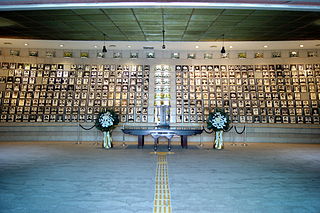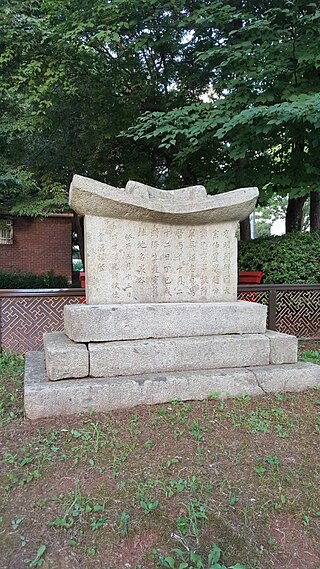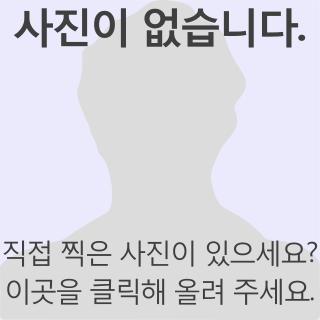8 Sights in Gwangju, South Korea (with Map and Images)
Legend
Welcome to your journey through the most beautiful sights in Gwangju, South Korea! Whether you want to discover the city's historical treasures or experience its modern highlights, you'll find everything your heart desires here. Be inspired by our selection and plan your unforgettable adventure in Gwangju. Dive into the diversity of this fascinating city and discover everything it has to offer.
1. 5.18 Gwangju Democratic Movement Archives
The Gwangju Uprising, known in Korean as May 18, were student-led demonstrations that took place in Gwangju, South Korea, in May 1980. The uprising was in response to the coup d'état of May Seventeenth that installed Chun Doo-hwan as military dictator and the implementation of martial law. Following his ascent to power, Chun arrested opposition leaders, closed all universities, banned political activities, and suppressed the press. The uprising was violently suppressed by the South Korean military with the approval and logistical support of the United States under the Carter administration, which feared the uprising might spread to other cities and tempt North Korea to interfere. The uprising is also known as the May 18 Gwangju Democratization Movement, the Gwangju Democratization Struggle, the May 18 Democratic Uprising or the Gwangju Uprising in South Korea.
2. Namhansanseong Fortress
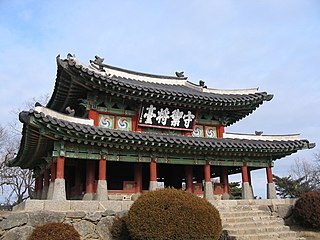
Namhansanseong (Korean: 남한산성) is a historic Korean fortress city in Gwangju, Gyeonggi Province, South Korea. A UNESCO World Heritage Site, the fortress lies atop the mountain Namhansan and stretches 12 km in length. It served as an emergency capital city during the 1392–1910 Joseon period. The design is based on fortress architecture of East Asia, embodying aspects of four historical cultural styles: Joseon of Korea, the Azuchi-Momoyama Period of Japan, and Ming and Qing China.
3. Im-dong Cathedral
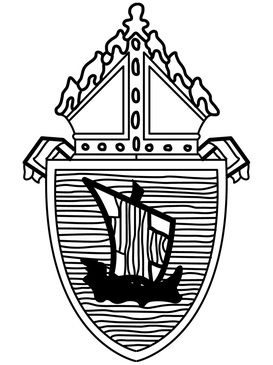
The Catholic Archdiocese of Gwangju is a particular church of the Latin Church of the Catholic Church, one of the three Metropolitan sees of the Catholic Church in Korea. The Archdiocese covers the city of Gwangju and entire South Jeolla Province.
4. Jeongyulseong Birthplace
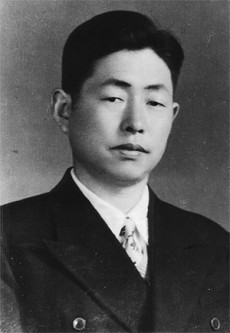
Zheng Lücheng or Chong Ryul-song was a Korean-born Chinese composer of Korean ethnicity. He is most notable for having composed the music to the Military Anthem of the People's Liberation Army, to words by Gong Mu.
5. Sungyeoljeon Shrine
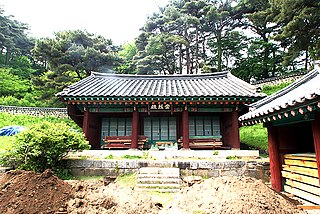
Sungnyeoljeon (崇烈殿) is a shrine located in Namhansanseong-myeon, Gwangju-si, Gyeonggi-do, and enshrines the plaques of King Onjo (18 BC ~ AD 28), the founder of Baekje, and Sueosa Iseo (1580 ~ 1637), who was in charge at the time of the construction of Namhansanseong in 1624 (Injo 2). On May 4, 1972, it was designated as Tangible Cultural Property No. 2 of Gyeonggi-do.
6. Namhansanseong Emergency Palace

Namhansanseong Haenggung (南漢山城 行宮) is a palace of the Joseon Dynasty located in Namhansanseong-myeon, Gwangju, Gyeonggi-do. On June 8, 2007, it was designated as the 480th Historic Site of the Republic of Korea. The cultural heritage management agency is the Governor of Gyeonggi Province.
7. Memorial stone for Jo Hyeong
The Yuhebi (翠屛 趙珩 遺墟碑) is a Joseon Dynasty monument located in Dochon-dong, Gwangju, Gwangju. On November 15, 1990, it was designated as Tangible Cultural Property No. 18 of Gwangju Metropolitan City.
8. Owen Memorial Hall
The Owen Memorial Hall (Owen 紀念閣) is a building built during the Japanese colonial period at the Christian College of Nursing in Yangnim-dong, Nam-gu, Gwangju to commemorate Clement Owen and his grandfather William Owen, who were martyred while working in Gwangju Metropolitan City as missionaries. On May 7, 1998, it was designated as Tangible Cultural Property No. 26 of Gwangju Metropolitan City.
Share
How likely are you to recommend us?
Disclaimer Please be aware of your surroundings and do not enter private property. We are not liable for any damages that occur during the tours.
